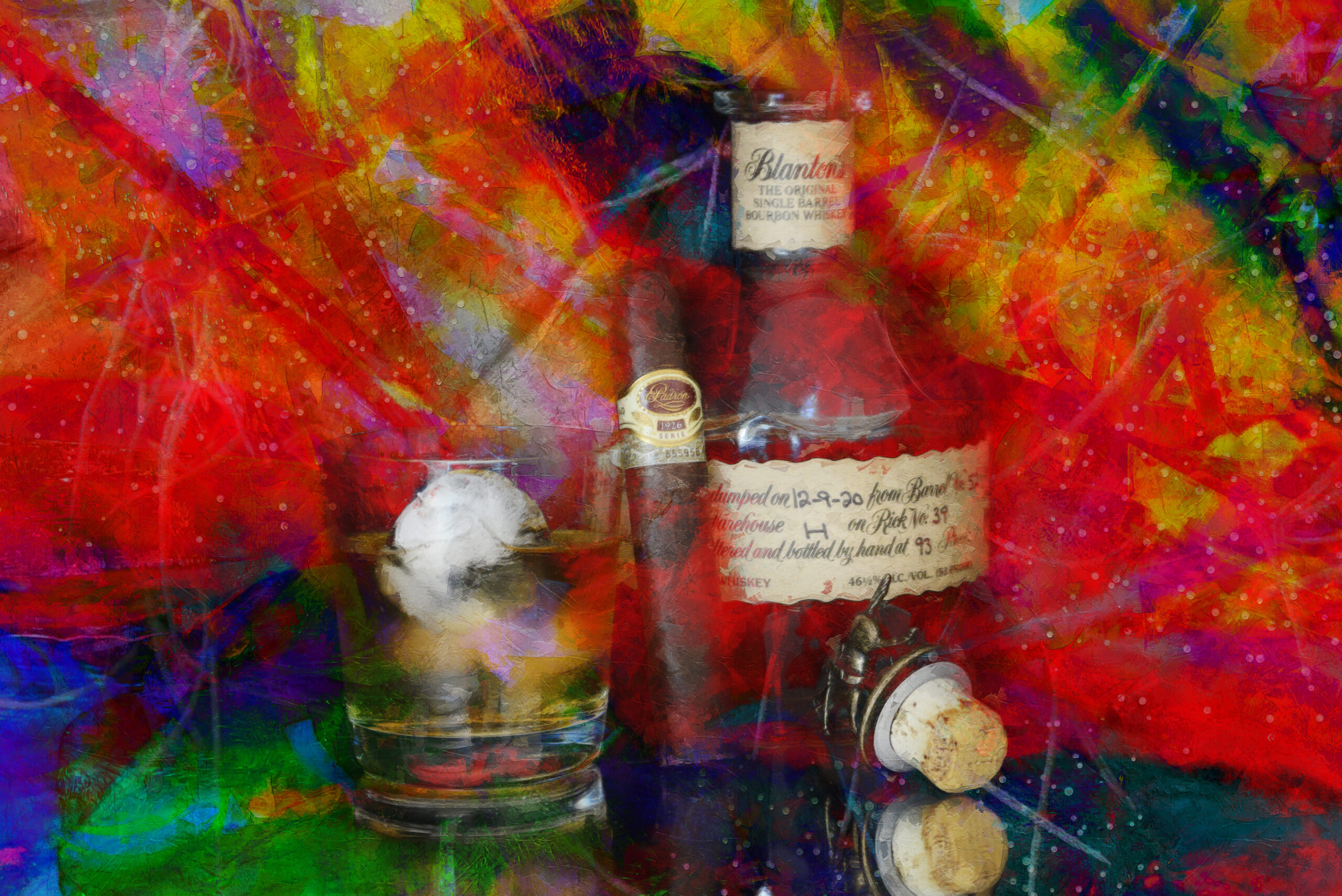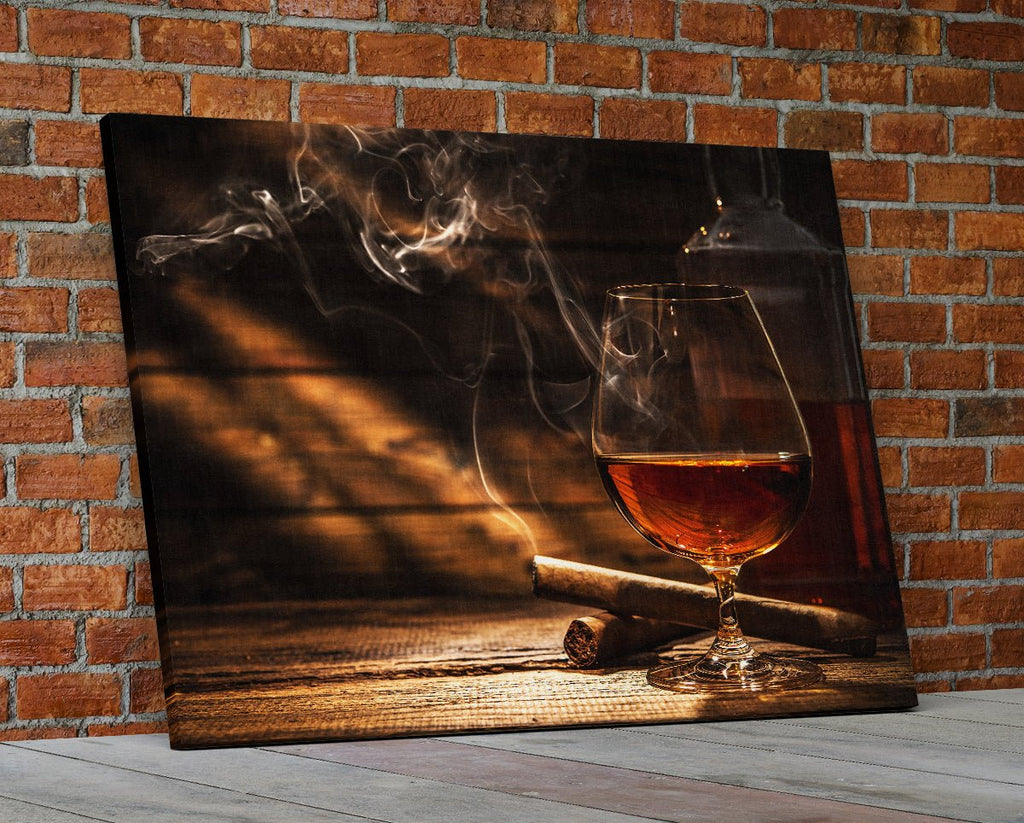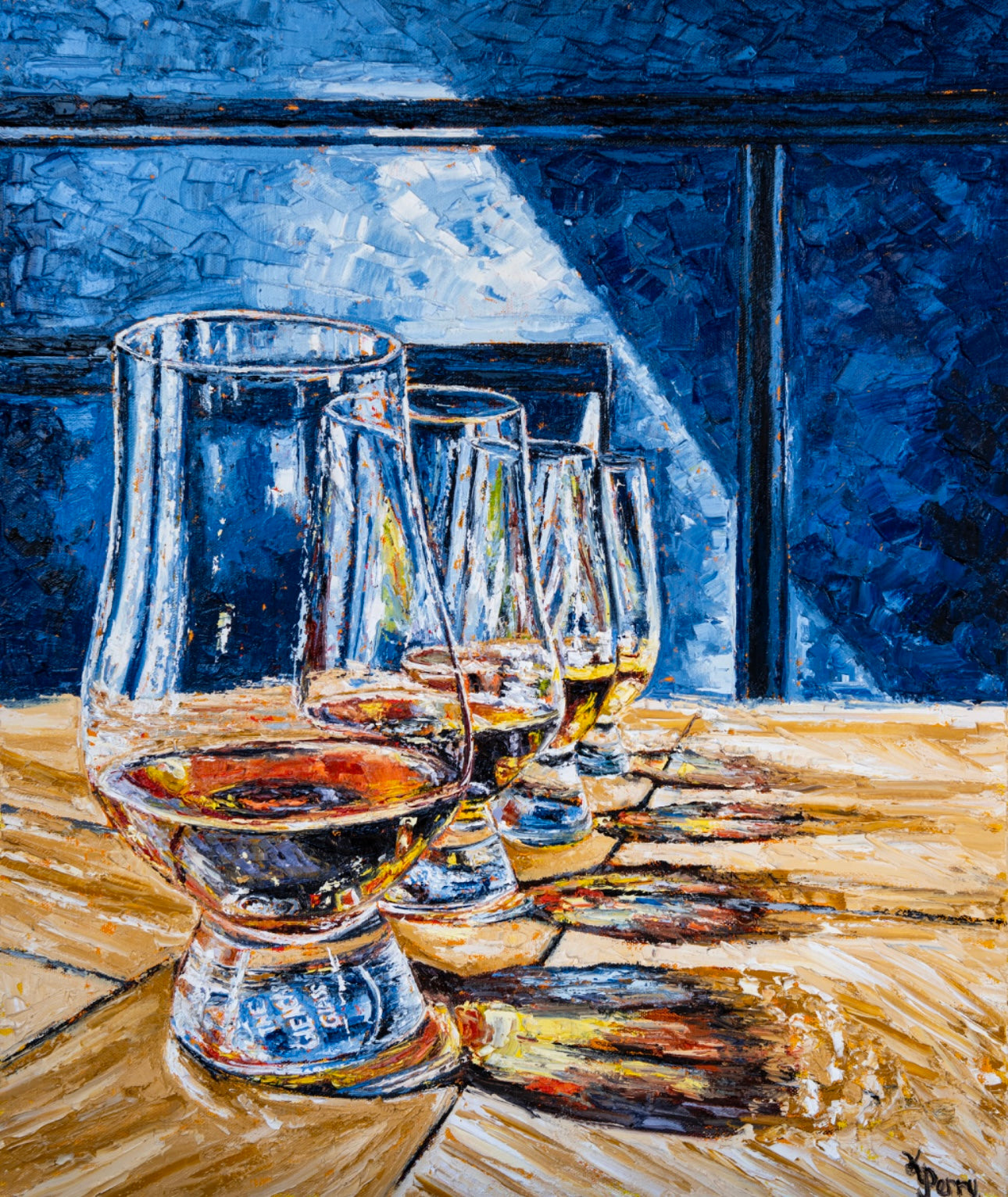Capturing the Essence of Whiskey Art With One-of-a-kind Visual Representations and Designs
The art of whiskey prolongs past the liquid itself, materializing with a selection of visual representations that encapsulate its storied heritage and craftsmanship. From the precise style of labels that communicate brand name stories to evocative photography that captures the spirit's appeal, each artistic expression serves to enhance the customer's trip. As the market accepts modern patterns, the discussion bordering these representations becomes intricate and progressively rich, meaning deeper links in between society and creative thinking. What continues to be to be discovered is exactly how these evolving styles mirror not just the bourbon itself but also the changing landscape of imaginative interpretation.
The Background of Bourbon Art

As bourbon production spread, so too did the need to raise its experience with art. From the complex engravings on very early casks to the sophisticated tags of contemporary containers, each component mirrors an one-of-a-kind imaginative vision, acting as a visual story of the scotch's heritage.
In the 18th and 19th centuries, the rise of the commercial revolution further improved scotch art, leading to ingenious product packaging and advertising and marketing that caught consumer attention. Musicians and designers began explore looks, imbuing whiskey-related images with symbolic significances that communicated concepts of area, workmanship, and custom.
Today, bourbon art proceeds to advance, mixing typical approaches with modern art kinds. Bourbon Art. This continuous discussion between the spirit and its visual depiction highlights the long-lasting bond in between scotch and culture, improving the overall experience for lovers worldwide
Iconic Container Styles
While lots of aspects add to the attraction of scotch, famous bottle styles play an essential duty fit customer understanding and enhancing the overall experience. The aesthetic discussion of whiskey bottles is not just a visual factor to consider; it acts as a bridge in between the customer and the item, stimulating feelings and setting assumptions.
Distinctive forms, materials, and closures can boost a scotch brand's identification, making it immediately identifiable on congested racks. For instance, the classic Glenfiddich bottle, with its sophisticated tapered shape, conveys a feeling of custom and craftsmanship, while the bold, modern design of the Balvenie container mirrors advancement and elegance. In addition, making use of colored glass or special textures can recommend the top quality and personality of the whiskey within.
Famous layouts commonly integrate components of social heritage, signifying the brand name's background and connection to its roots. Brands like Jack Daniel's utilize a straightforward, durable style that resonates with its American bourbon heritage. Inevitably, the effect of bottle layout expands past mere capability; it envelops the significance of the brand name, welcoming customers to check out and delight in the abundant tapestry of whiskey society.
Tag Artwork and Branding
Container layouts frequently establish the stage of what consumers can expect, however tag artwork and branding play an equally significant function in communicating a bourbon's identity. The tag functions as the first point of call in between the consumer and the product, enveloping the essence of the whiskey within its visual aspects.
Reliable tag art work combines typography, images, and shade to create a story that reverberates with the brand name's heritage and target audience. For instance, a label featuring intricate images and vintage fonts might stimulate a sense of custom and workmanship, attracting lovers. In contrast, strong colors and contemporary style components might attract a younger demographic seeking technology and excitement.


Photography and Visual Storytelling
Catching the essence of bourbon read review with photography and aesthetic storytelling is an art form that raises the brand name experience. This tool transcends plain item representation, diving right into the complex narratives that border each bottle. By employing compelling images, professional photographers can stimulate feelings that reverberate with consumers, inevitably building a deeper connection to the whiskey brand name.
Aesthetic storytelling in scotch photography often makes use of abundant textures, illumination, and composition to highlight the special characteristics of the spirit. The interaction of light and shadow can highlight the brownish-yellow colors of whiskey, while the choice of history elements-- such as rustic barrels or stylish glass wares-- can enhance the brand's heritage or lifestyle organizations.
Additionally, recording the ritualistic facets of whiskey usage, from the putting to the sampling, invites customers right into a sensory experience, allowing them to think of the tastes and fragrances that await. Each photograph not only showcases the product however also narrates of craftsmanship, custom, and the moments that whiskey can improve - Limited Edition. Therefore, digital photography becomes a powerful tool in articulating the identification of bourbon brand names, placing them within the wider social landscape
Emerging Trends in Scotch Art
The advancement of scotch art is progressively shaped by modern patterns that show more comprehensive social changes and customer preferences. One famous pattern is the assimilation of sustainability into art methods. Artists are now utilizing eco-friendly procedures and recycled materials my link to develop whiskey-themed items, resonating with environmentally conscious customers. This shift not only highlights the importance of sustainability yet likewise boosts the narrative bordering bourbon manufacturing.
Furthermore, electronic art has risen in popularity, enabling for cutting-edge representations of scotch. Artists are leveraging browse around these guys technology to craft immersive experiences, such as increased fact installations that engage viewers and give a deeper understanding of scotch's social value. This pattern additionally includes social networks platforms, where visually striking web content gathers attention and cultivates community among fanatics.
Furthermore, partnerships in between whiskey brand names and musicians are ending up being much more commonplace. These collaborations generate limited-edition packaging styles and unique art work that commemorate both the craftsmanship of scotch and the creativity of artists. As scotch art proceeds to advance, these emerging patterns will undoubtedly form its future, cultivating a vibrant intersection of society, sustainability, and innovation within the whiskey neighborhood.
Final Thought
In final thought, the art of bourbon encompasses a diverse array of graphes that mirror its rich heritage and craftsmanship. From iconic bottle designs and elaborate tag art work to compelling photography, each aspect adds to a wider story that enhances the customer's experience. As emerging patterns, such as electronic art and sustainability, continue to form this artistic landscape, the complex identity of bourbon stays an enduring resource of social connection and expedition.

In conclusion, the art of whiskey encompasses a varied array of visual representations that mirror its rich heritage and workmanship.